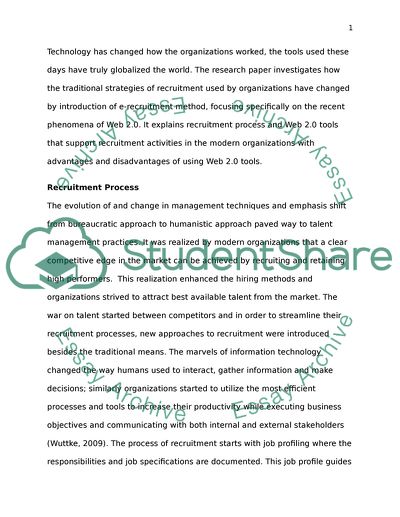Cite this document
(Analysis of Changing of Traditional Strategies of Recruitment Assignment - 1, n.d.)
Analysis of Changing of Traditional Strategies of Recruitment Assignment - 1. Retrieved from https://studentshare.org/human-resources/1798755-recruitment
Analysis of Changing of Traditional Strategies of Recruitment Assignment - 1. Retrieved from https://studentshare.org/human-resources/1798755-recruitment
(Analysis of Changing of Traditional Strategies of Recruitment Assignment - 1)
Analysis of Changing of Traditional Strategies of Recruitment Assignment - 1. https://studentshare.org/human-resources/1798755-recruitment.
Analysis of Changing of Traditional Strategies of Recruitment Assignment - 1. https://studentshare.org/human-resources/1798755-recruitment.
“Analysis of Changing of Traditional Strategies of Recruitment Assignment - 1”, n.d. https://studentshare.org/human-resources/1798755-recruitment.


